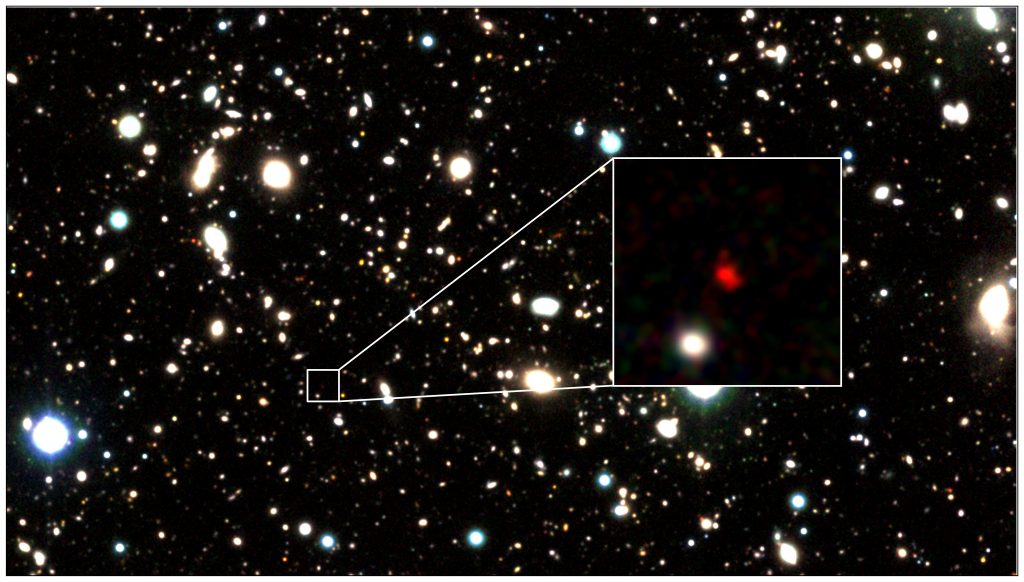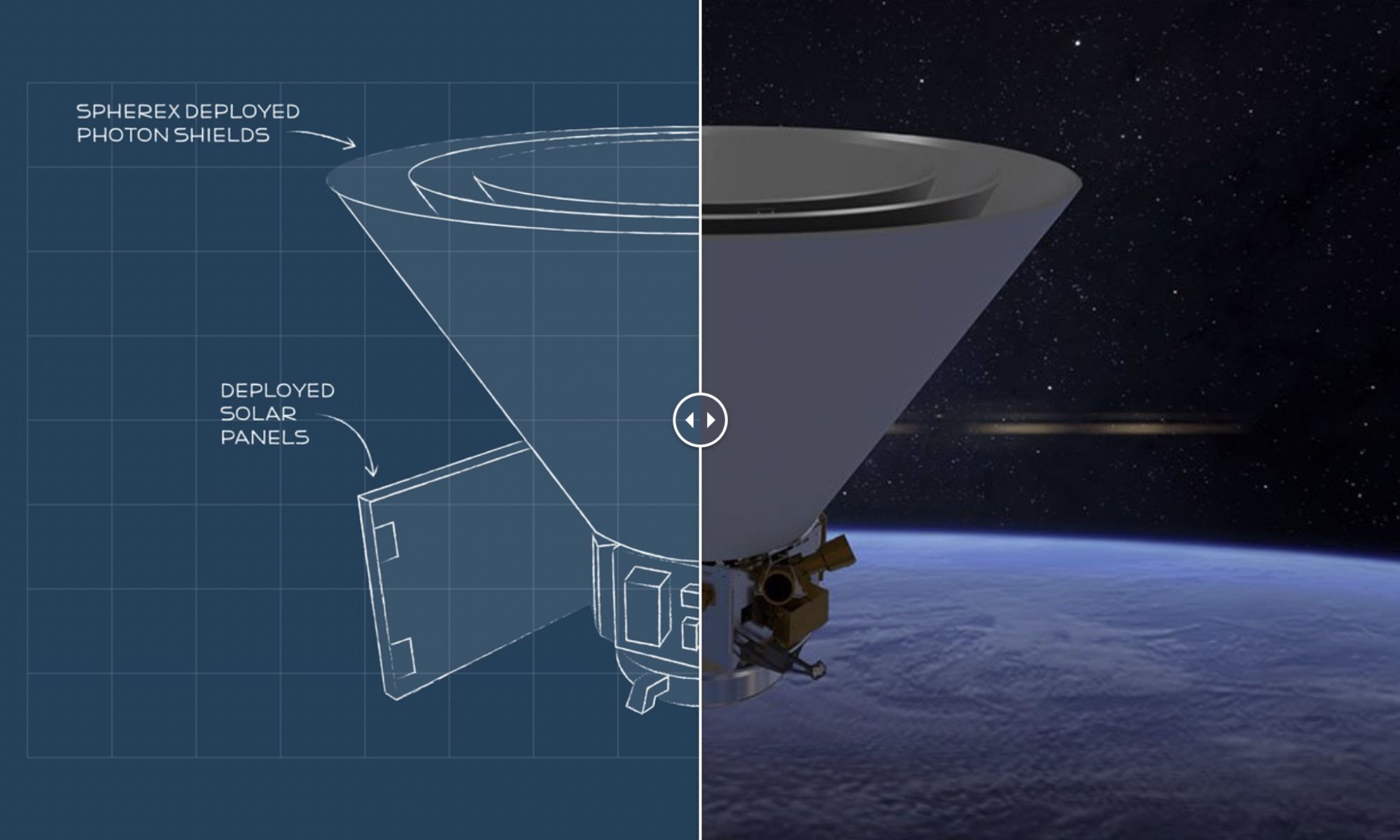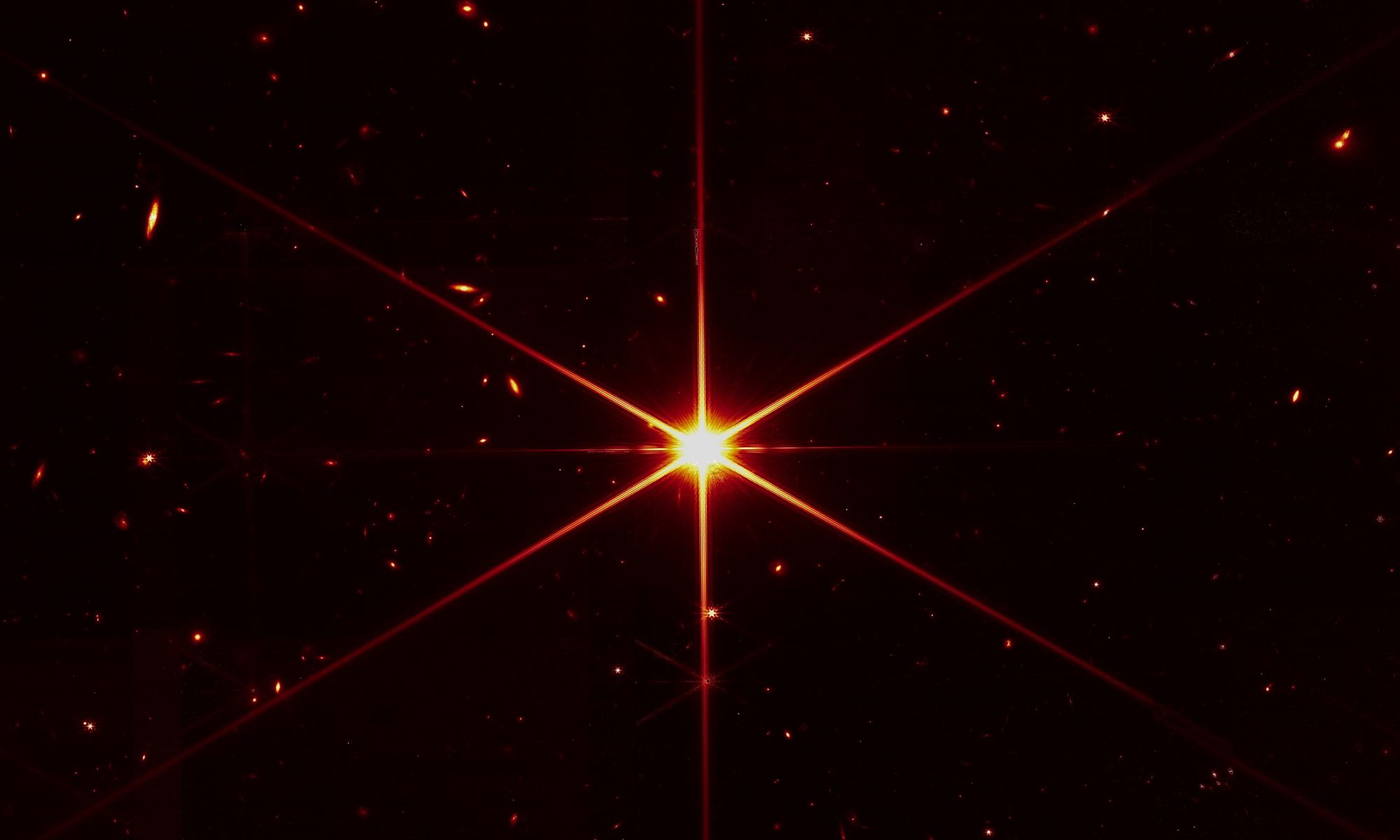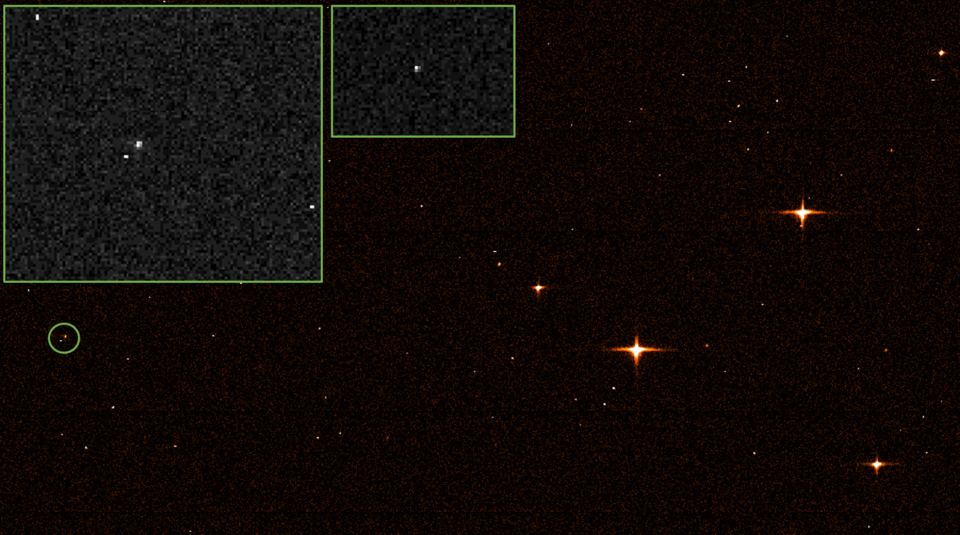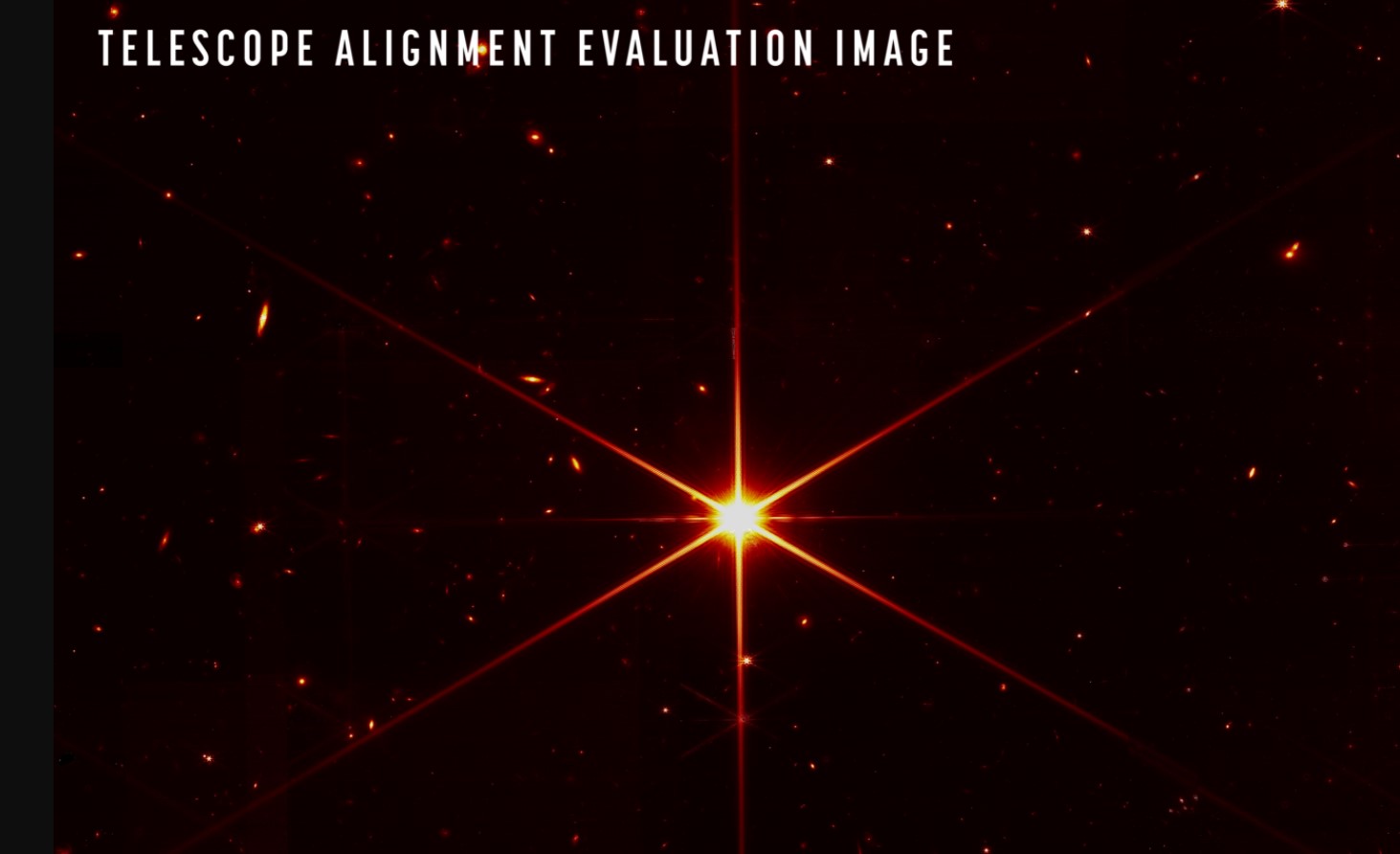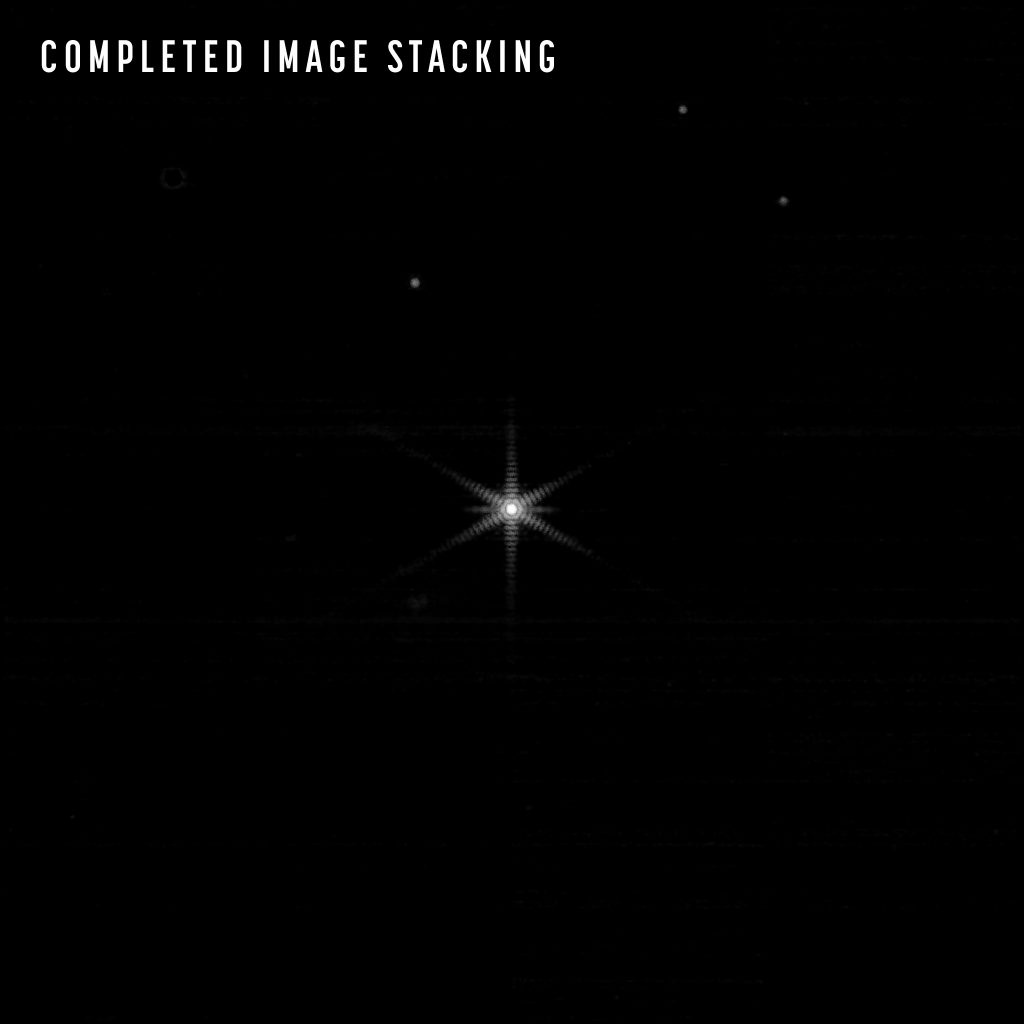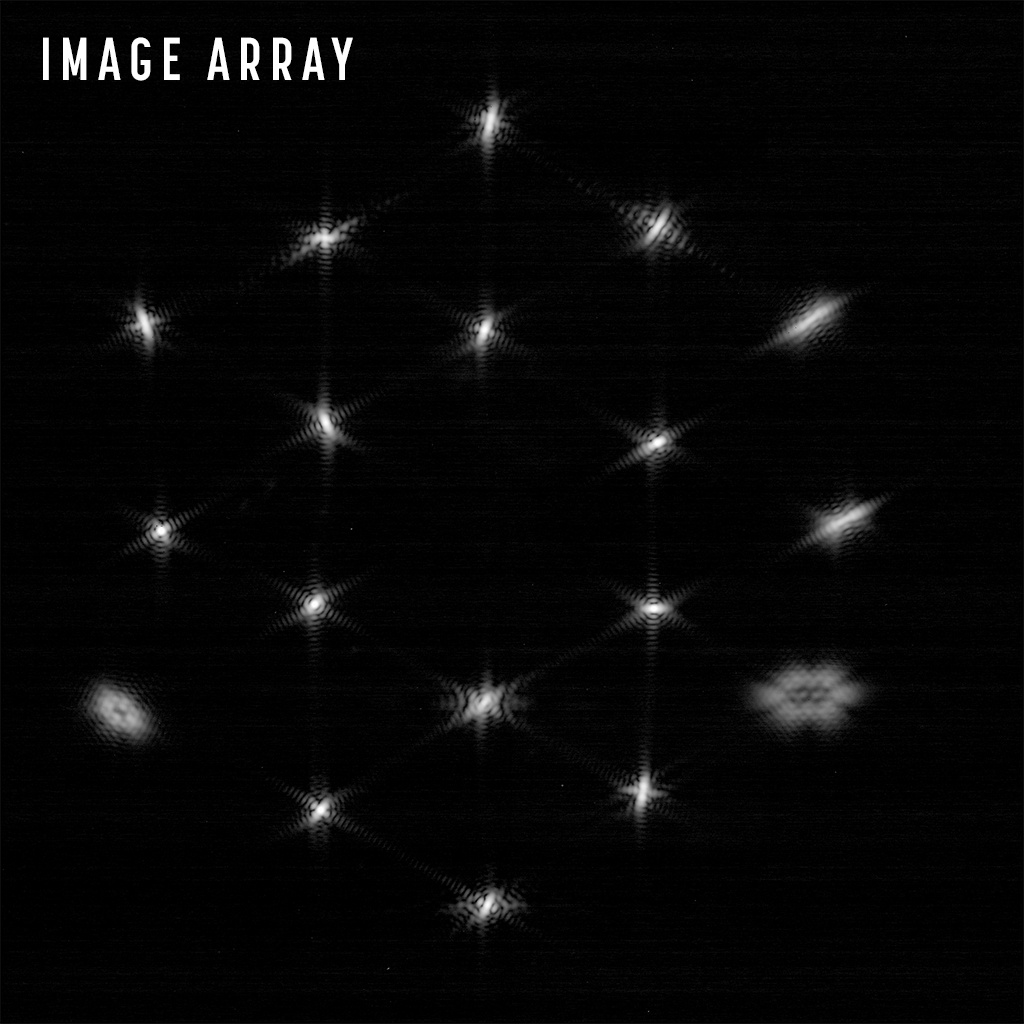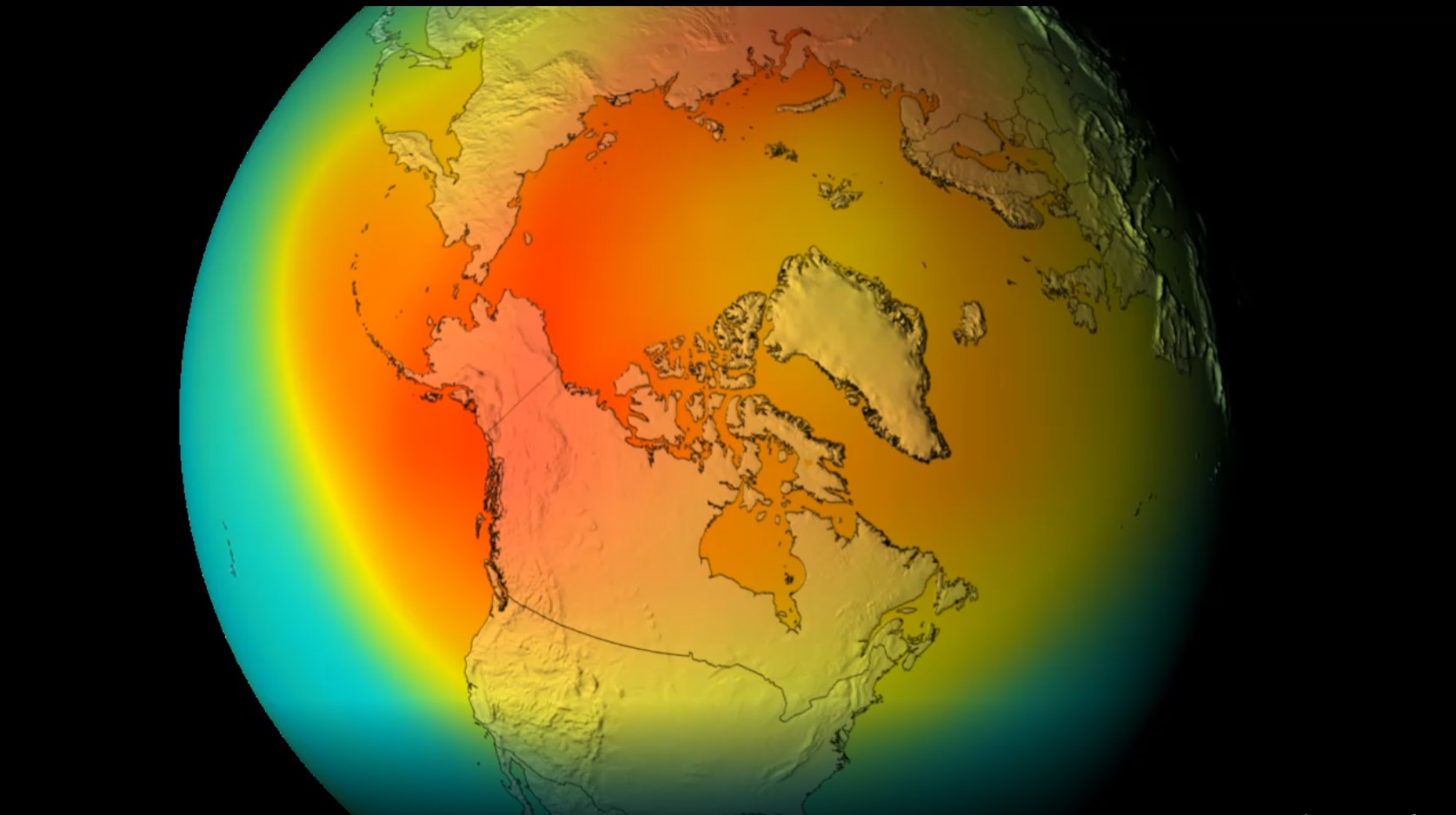The James Webb Space Telescope continues to cool down out at its location at Lagrange Point 2, about 1.5 million kilometers from Earth. Since JWST is an infrared telescope, it needs to operate at extremely low temperatures, less than 40 K (-223 degrees Celsius, -369.4 degrees Fahrenheit). But one instrument needs to be even colder.
To operate at peak efficiency, Webb’s Mid-Infrared Instrument (MIRI) must be cooled to a chilly 7 K (-266 C, -447 F). And it will need a little help to reach those frigid temps.
Continue reading “It’s Been Three Months in Deep Space, and Webb’s Mid-Infrared Instrument is Still Cooling Down”

